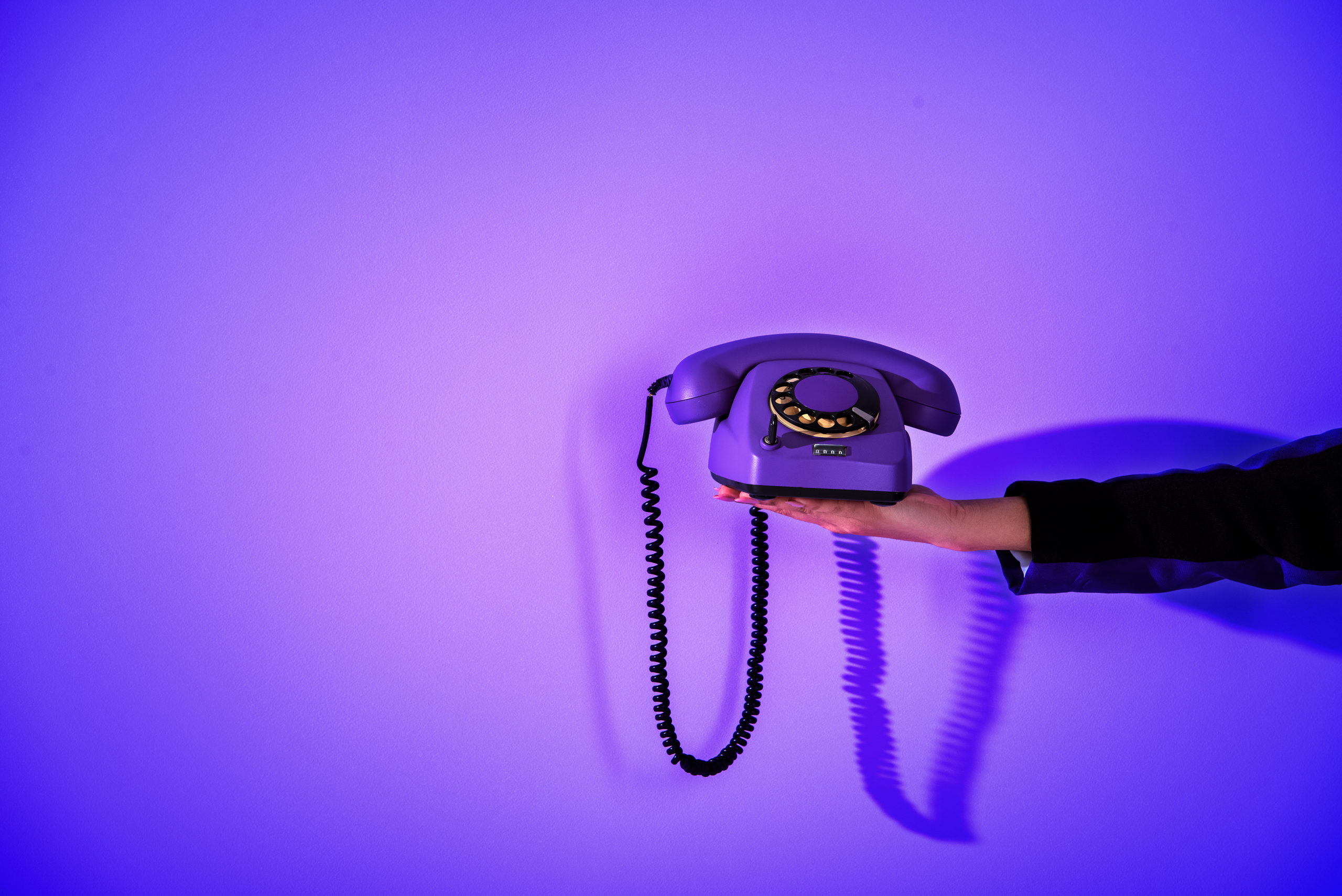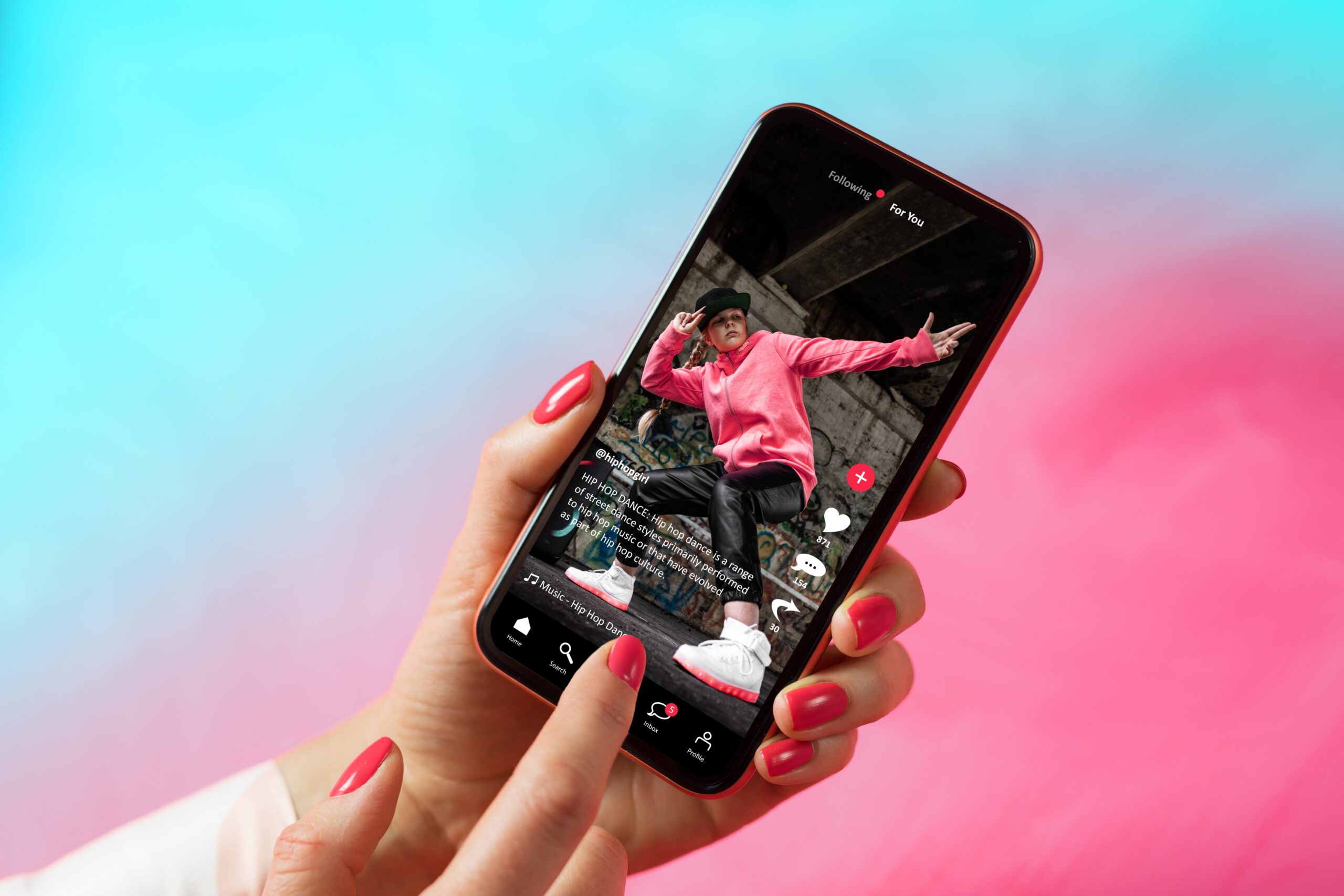“We are living in the age of attention inequality.” That’s what Zach Schwitzky, CEO of…
The past is not in the past
How Gen Z’s obsession with nostalgia is creating future opportunities for brands.
As one generation gives way to a new one, the familiar narrative is that of tension. Older generations complain about the tastes and actions of today’s youth and young people dismiss their elders as irrelevant and “out of touch”. But as is so often the case with Generation Z, they aren’t sticking to that popular narrative. Quite the opposite. They’re not only demonstrating a remarkable knack for appreciating cultural pieces from the past, but also finding inventive ways to shape them into something new and fresh. And something brands should be paying attention to.
From fashion and beauty to dance and music, Gen Z’s obsession with the past is evident. Just take a quick stroll through TikTok, Gen Z’s playground, to see the extent to which this obsession is manifesting itself. #the50s, #the60s and #70s all deliver impressive video views (close to 1 billion each), but it’s the #80s (2.6 billion) and #90s (a whopping 6.5 billion views) that seem to appeal most to Gen Z.
But Gen Zers aren’t content with simple imitation of the past. Instead, they mix and match periods: a splash of sixties flower power here, a dash of eighties Farrah Fawcett curls there, finished off with some oversized nineties earrings─ creating a unique look that’s drawn from the past but very much of the moment. No small feat.
Their love for nostalgia is far from limited to flared pants and fringes though, as cultural icons, music and design aesthetics also hold great appeal. TikTok videos with hashtag Marilyn Monroe, Fleetwood Mac and Frank Sinatra are all delivering impressive viewing results; so are #50sdiners and #Vintagevibes. And then there’s the TV they devour, from the Netflix series “Stranger Things” with its eighties references to that ever-popular nineties staple, “Friends”. The list goes on.
Not a single-minded nostalgia
Cynics suggest that Gen Zers are glorifying the past while conveniently overlooking the less flattering aspects of bygone eras, such as the rampant gender inequality of the fifties or the shameful racial injustice that preceded the civil rights movement. However, our research shows that Gen Zers are far from ignorant of such injustices and understand the danger of cherry-picking history. They revert to the past not out of a single-minded nostalgia but as a means to escape and to find comfort and inspiration.
In one of our polls on media consumption we discovered that it’s the simplicity of the past that is appealing to them. A world that is much different than the world they know, one without technology, mobile phones or social media into which they can escape from the complexities that surround them (ironically using technology). As one participant wrote: “It is the simplicity and naivety of the past that is appealing to me”. But more than anything, Gen Zers told us they revert to the past for inspiration. Perhaps because for a generation that was born with technology and feels the pressure to create and share content every day, the past offers an endless source of material which they can recycle, mold and call their own.
Time to go old-school
Gen Z’s fascination with the past has led to many brands already using nostalgia as a powerful tool to drive engagement and interest. A perfect example is New Balance’s partnership with Foot Locker, who together created the Rewind to the 90s pop-up store which transported shoppers back to a time of the VHS, X-Files posters and crop tops that serve as as a backdrop for the launch of the New Balance X-90 Knit sneaker.
Since this early example many other brands have leveraged nostalgia to attract youth audiences, but there was nothing like 2020 to give the trend a boost (we’re looking at you Covid-19). At a time of high stress and uncertainty, we all find comfort in the familiar, soothing past. Highlights include Superbowl ads like the return (and demise) of Mr. Peanut, the battle over a bag of Dorito’s which was staged as a scene from the iconic movie “The Good, The Bad and the Ugly” and Kylie Jenner’s Dr Seuss-inspired makeup line themed around the 1966 TV special “How the Grinch Stole Christmas!”. Our favorite nod to the past though came from KFC and the launch of their 1970s vintage holiday bucket. Well played Colonel, well played.
Turning nostalgia into opportunity
The retro trend doesn’t look like ending any time soon. In fact, we expect the trend to get even stronger. Therefore, here are few things to keep in mind when addressing Gen Z’s interest in nostalgia:
The key to nostalgia marketing is remembering that it’s about feelings and emotions and not about a perfect depiction of the past. Our research shows that feelings of comfort and inspiration are the main reasons why Gen Zers respond so positively to nostalgia, so make sure your delivery meets these needs.
You don’t have to reinvent the wheel. Dig into your own brand archives and see what can be recycled. Naturally not everything you did in the past will lend itself to a clever TV spot, but you’re likely to find rich content to fill your social media feeds or inspire your store designs (check out that 50’s style diner above).
Finally, Gen Z is a generation of culture creators and they are showing us that they can recycle the past in a variety of creative ways. Thus, if you can’t keep up with your own creativity, you’ll soon be a thing of the past yourself. And we don’t mean in the warm, fuzzy, nostalgic sense.
Gen Z is Changing Everything!




